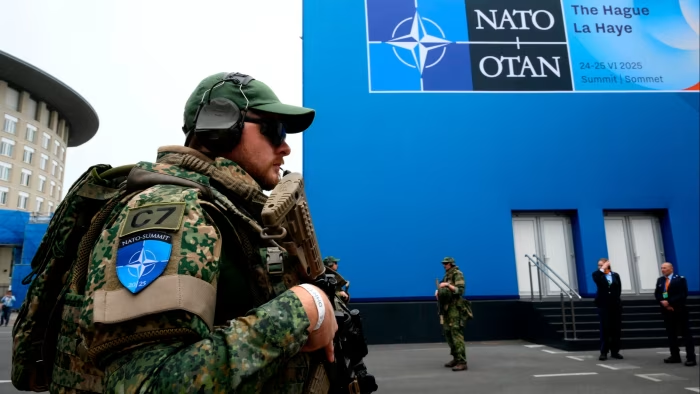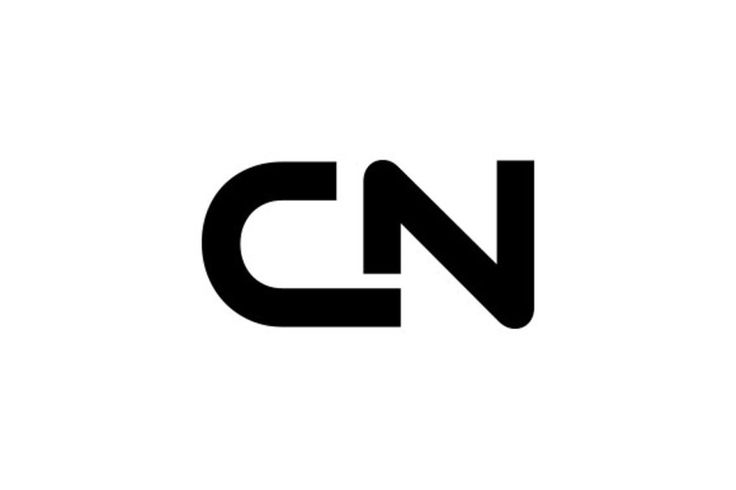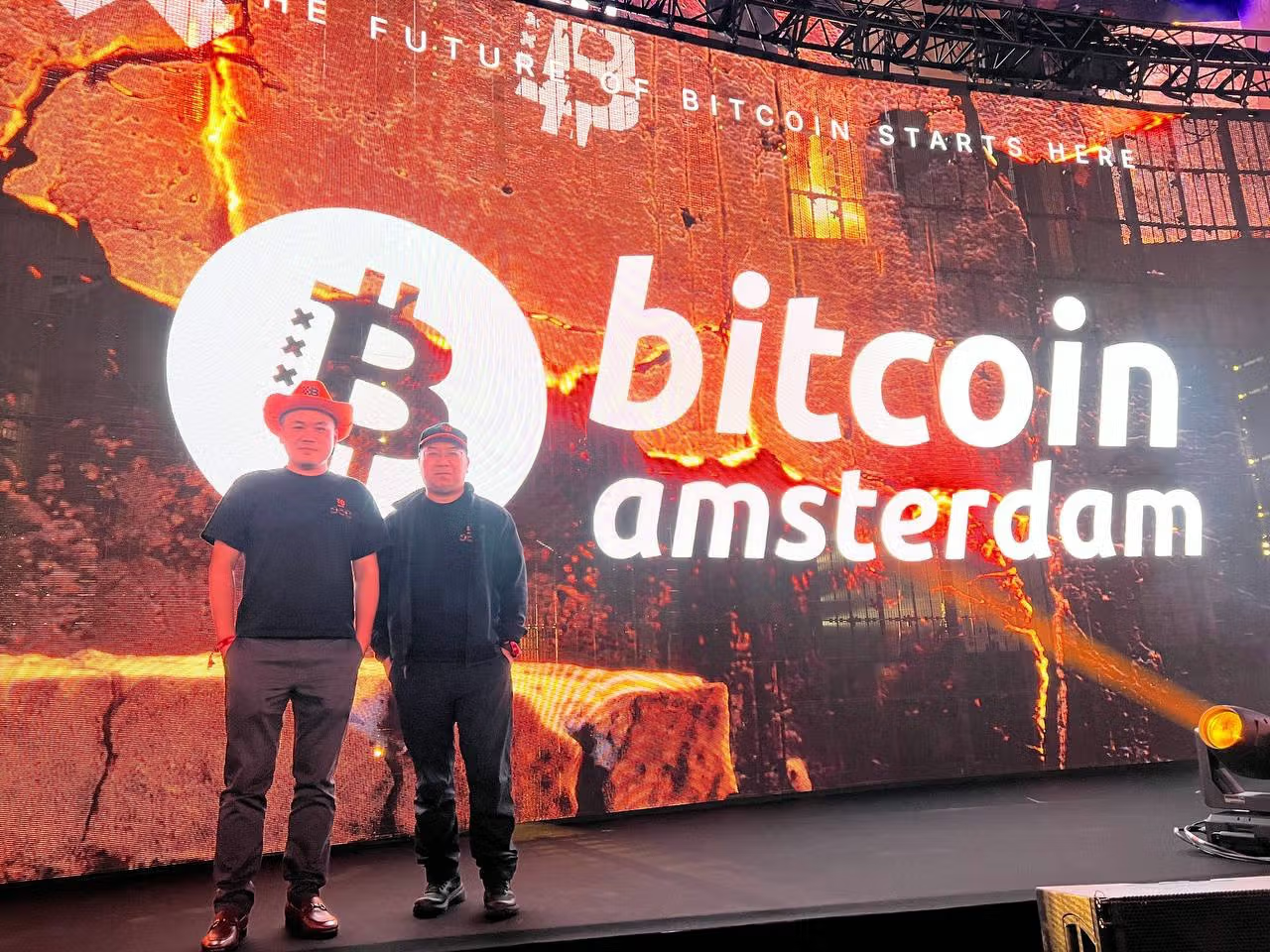NATO Summit Spotlight: Rutte Says Trump Is Committed … If Europe Pays More

1. Context & Summit Setting
NATO’s 2025 Summit unfolded in The Hague on June 24–25, marking Secretary‑General Mark Rutte’s debut leadership in EU territory. With the gathering dubbed the most expensive NATO summit to date—at an eye-watering €183 million—security was ramped up to unprecedented levels. Against this backdrop, Rutte sought to guide the conversation firmly toward defense spending and alliance cohesion.
2. Trump’s Conditional Commitment
Rutte confirmed that President Trump remains fully committed to NATO—but only if European allies substantially raise their defense budgets. Trump has consistently pressed Europe to reach a combined 5% of GDP threshold: 3.5% for core military capabilities and 1.5% for cyber, transport, and infrastructure enhancements.
“We’re with you — but stop freeloader rhetoric. If we want to avoid war, spend more,” Rutte told European leaders.
3. Europe’s Spending Commitment vs. Flexibility
- Germany, France, UK, Poland and others have agreed to pursue the 5% goal over the next decade .
- Spain declined a hard 5% pledge, opting instead for targeted capability improvements at a lower cost—garnering an exception, but igniting friction.
- Other countries, including Belgium and Slovakia, are eyeing similar carve-outs.
Domestic concerns from Spain’s PM Sánchez highlight fears that 5% would hurt welfare budgets, debt, and green investments.
4. Threat Perceptions: Russia & Beyond
Europe’s spending surge isn’t only to placate Trump—it’s a strategic hedge against a resurgent Russia. Rutte warned Moscow is rearming “at a frightening pace” and could pose a threat within just a few years. Allied ministers echo alarm: Russia now produces nearly four times more ammunition than NATO combined.
5. The U.S. Presence & Strategic Null Lines
Trump has signaled possible troop reductions and force posture changes, raising questions about U.S. military presence in Europe . While the U.S. nuclear umbrella remains intact, the fate of conventional forces, air defense, and intelligence roles is under review.
6. Summit Strategy & Diplomatic Choreography
Rutte was determined to ensure a short, steam‑lined summit—minimizing friction with a tight, two-hour Council session tailored to appease Trump’s preferences. He had even hosted Trump-pleasing events (like a royal dinner) and deliberately kept Russia and China off the summit agenda to maintain unity .
7. Capabilities Over Cash?
Talking big numbers isn’t enough. Allied ministers also unveiled new targets for capability development—including missile defense, transport, and logistical readiness. Europe aims to be able to field and deploy 300,000 troops to its eastern flank within 30 days. Yet questions remain: Are funds properly flowing into production lines, stockpiles, and coherent defense strategies?
✅ Final Word from The Hague
Mark Rutte has brokered a bold compromise: Europe rises to 5% spending, Trump affirms backing—China and Russia quietly side-lined, and NATO unity salvaged. Yet the summit’s success, while symbolic, hinges on follow-through: deepened defense industrial integration, sustained budget increases, and credible deployment plans will determine if this deal truly deters future threats.
—





